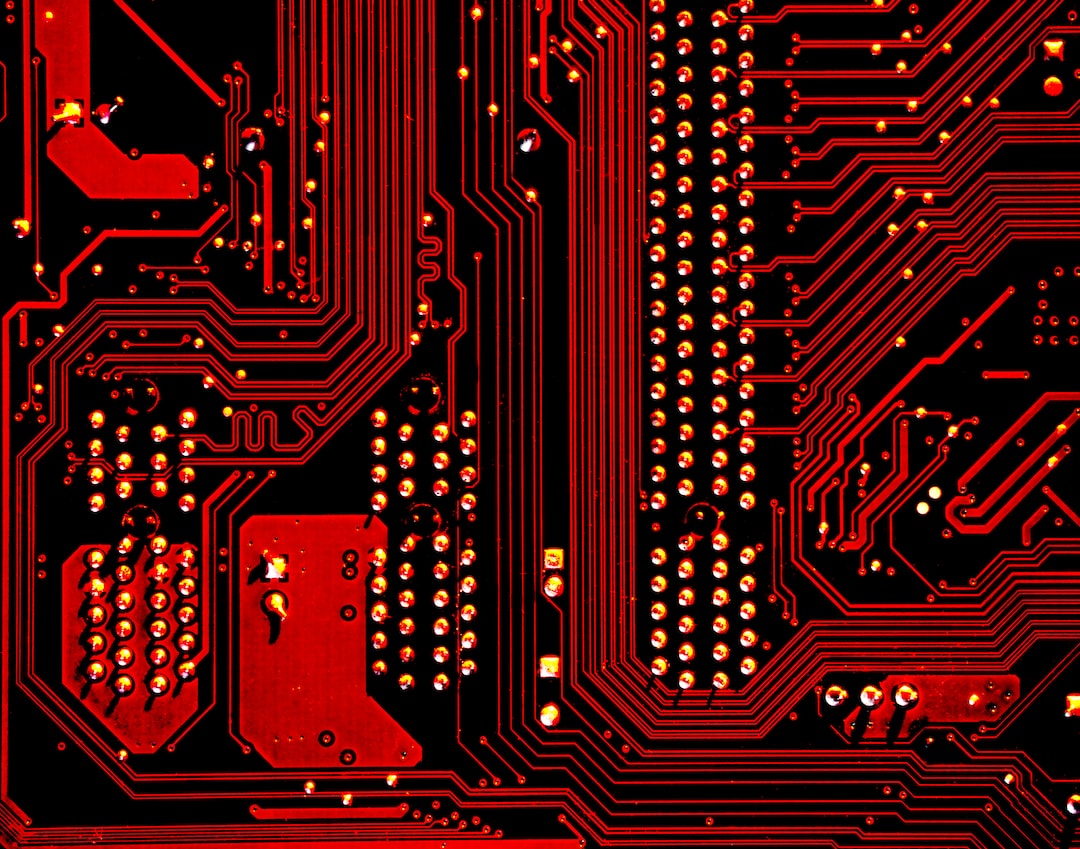How Virtual Reality is Transforming Manufacturing Processes
Technology has always played a crucial role in transforming industries across the globe. From automation to artificial intelligence, advancements in technology have paved the way for modernization and increased efficiency. One such technology that is revolutionizing the manufacturing industry is Virtual Reality (VR). With its immersive capabilities, VR is transforming the way manufacturing processes are carried out, leading to improved efficiency, reduced costs, and enhanced worker safety.
One of the significant advantages of VR in manufacturing is the ability to simulate real-world environments. This provides manufacturers with the opportunity to create virtual replicas of their production lines or assembly processes. By utilizing VR, manufacturers can identify any design flaws or bottlenecks in the manufacturing process before the physical production begins. This enables them to make necessary adjustments and fine-tune their processes, ultimately leading to smoother operations and reduced downtime.
In addition to simulating production lines, VR also allows manufacturers to visualize and test their products in a virtual environment. Whether it’s a new prototype or an existing product, VR enables manufacturers to conduct virtual tests and see how the product performs under various conditions. This eliminates the need for physical prototypes, which can be time-consuming and costly. With VR, manufacturers can make design changes and test them instantaneously, significantly reducing the time-to-market for new products.
Worker training is another area where VR is making a significant impact in the manufacturing industry. Traditionally, training workers in complex manufacturing processes requires hands-on experience and observation. This can be both time-consuming and risky, especially for new or inexperienced workers. However, with VR, manufacturers can provide realistic and immersive training experiences without exposing workers to potential hazards.
Virtual Reality training allows workers to virtually experience complex operations, practice their skills, and learn from mistakes in a safe environment. This not only reduces the risk of accidents and injuries but also accelerates the learning process. Workers can gain proficiency in their tasks more quickly, leading to increased productivity and efficiency on the shop floor.
Moreover, VR can be used to create interactive and engaging presentations for clients and stakeholders. Instead of traditional blueprints or product samples, manufacturers can showcase their products or manufacturing capabilities through immersive virtual experiences. This not only enhances the visual representation but also enables clients to have a firsthand experience before making any decisions. By utilizing VR, manufacturers can effectively communicate their ideas, gain stakeholder buy-in, and secure business opportunities.
Another area where VR is transforming manufacturing processes is in the realm of remote collaboration. With the ability to create virtual environments, manufacturers can collaborate with team members, suppliers, and customers located in different parts of the world. This opens up new possibilities for global manufacturing operations and streamlines the supply chain. Real-time collaboration through VR eliminates the need for physical presence, reduces travel costs, and speeds up decision-making processes, ultimately leading to increased productivity and reduced time-to-market.
While the benefits of VR in manufacturing are plentiful, there are still some challenges to overcome. The costs associated with implementing VR technology can be a barrier for many small and medium-sized manufacturers. Additionally, the need for specialized VR equipment and training may require a significant investment. However, as technology continues to evolve, costs are likely to decrease, making VR more accessible to manufacturers of all sizes.
In conclusion, Virtual Reality is revolutionizing the manufacturing industry by providing manufacturers with the ability to simulate real-world environments, visualize and test products, improve worker training, and enhance remote collaboration. With its immersive capabilities, VR is transforming traditional manufacturing processes, leading to improved efficiency, reduced costs, and enhanced worker safety. As technology continues to advance, Virtual Reality holds the potential to reshape the manufacturing landscape and drive industry innovation to new heights.
